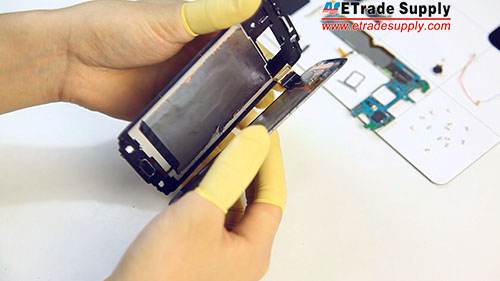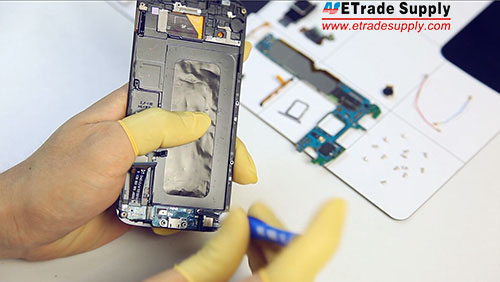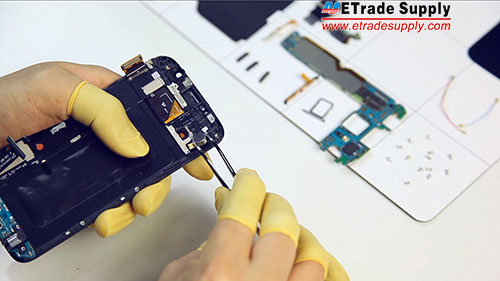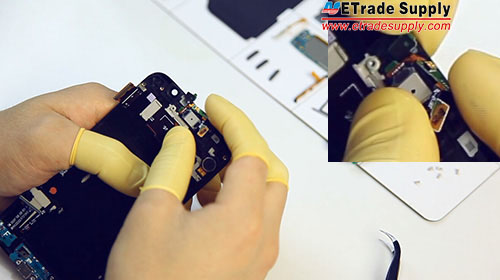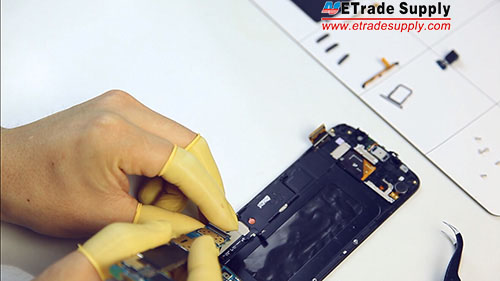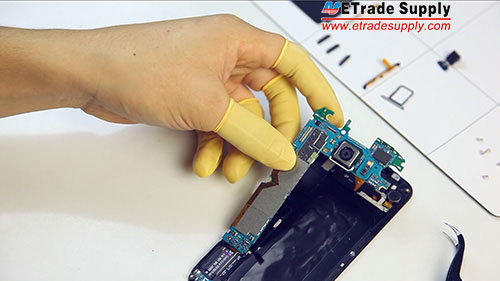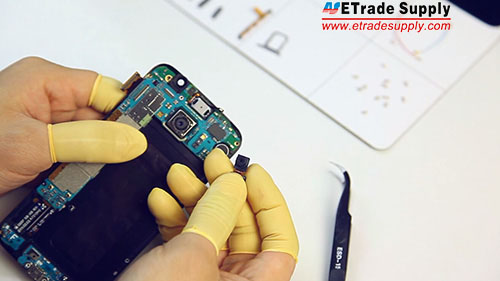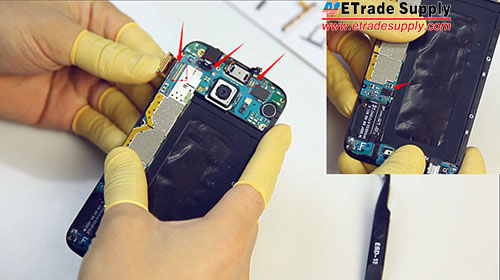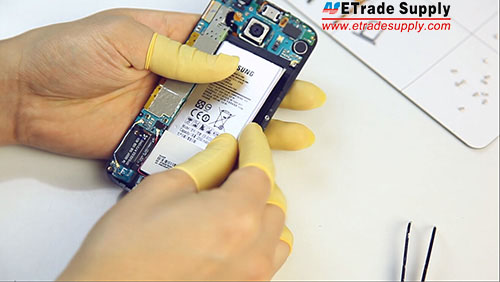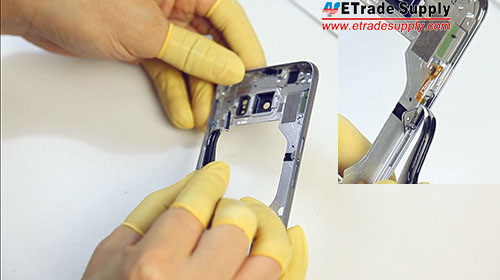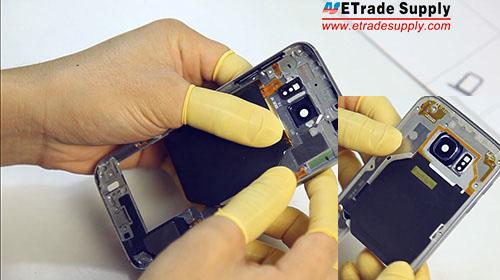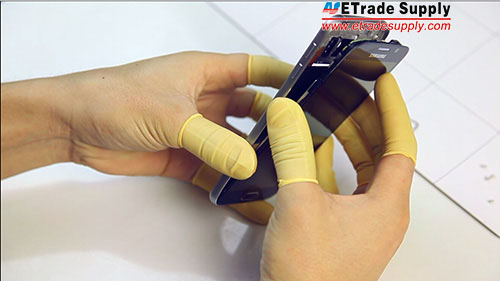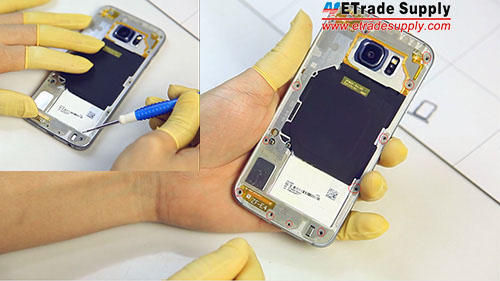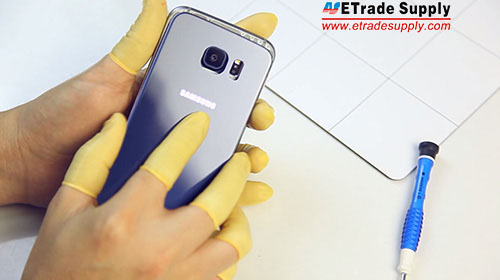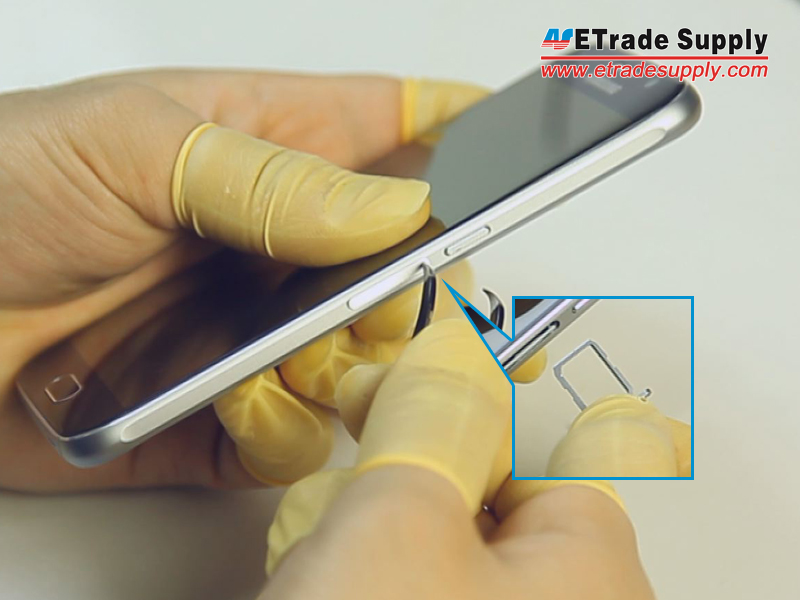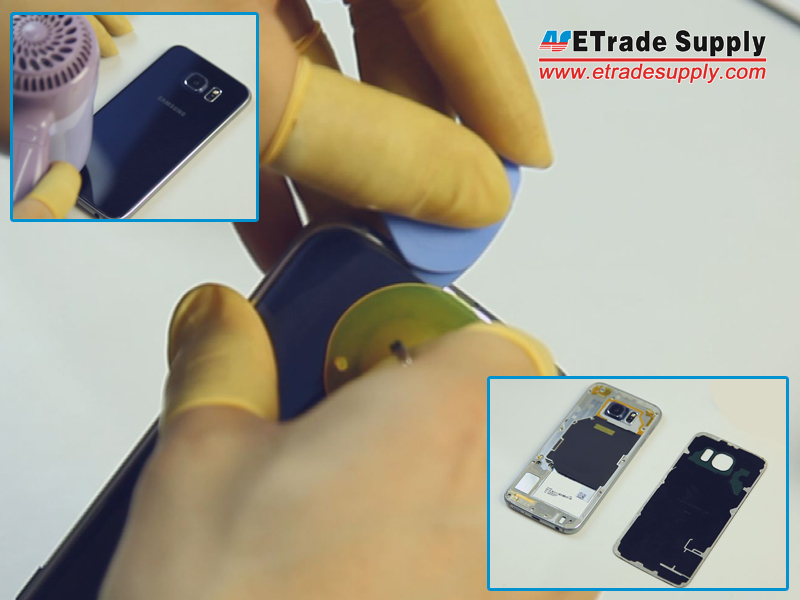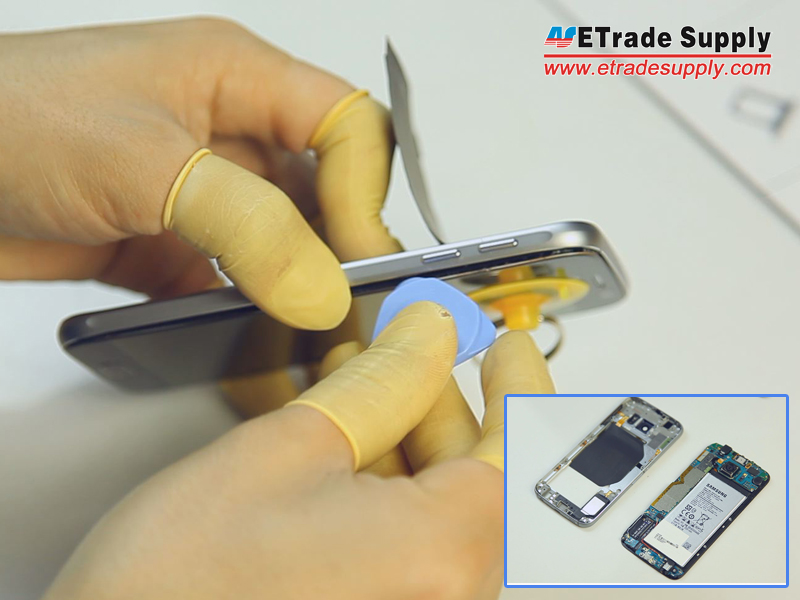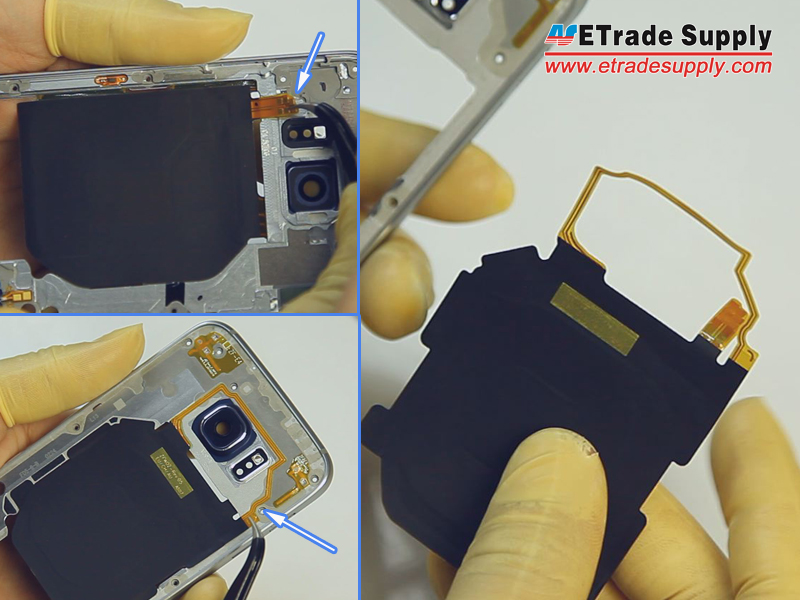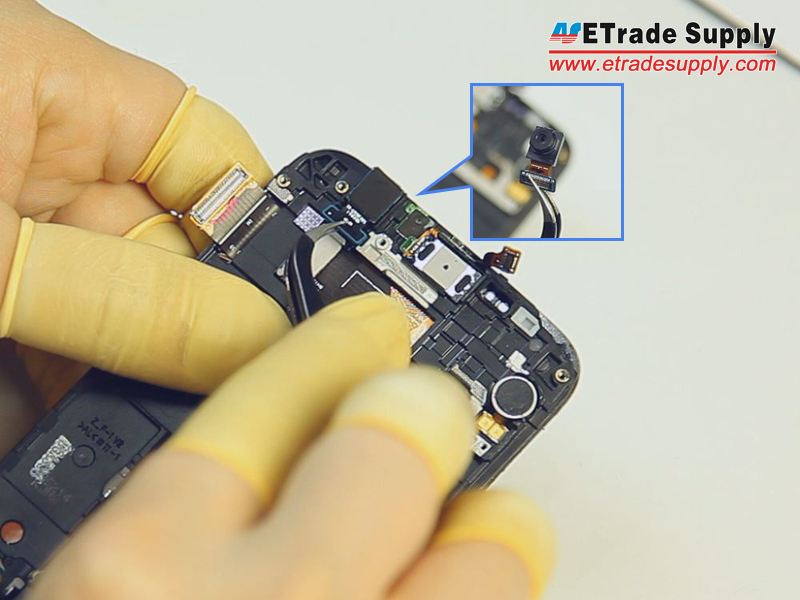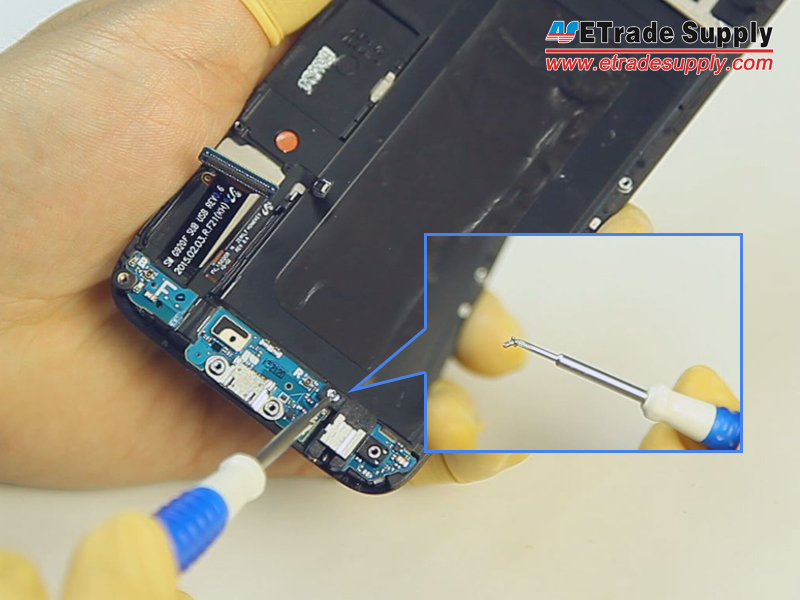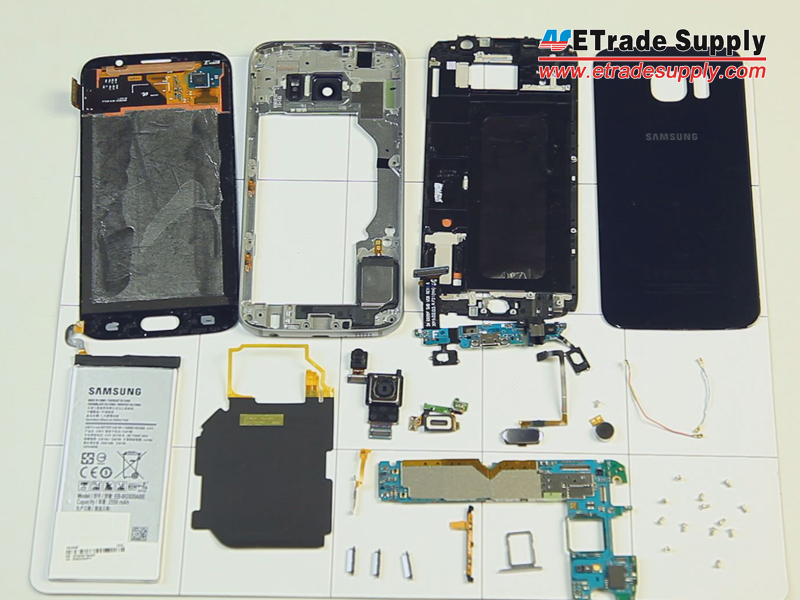Charging port problems like slow charging or not charging at all are commonly seen in cellphones after frequent use. When your device experiences charging problems, first thing you should do is to check whether the charger is an original or not. Using a non-original charger you risk causing damage to your device and yourself.
Having dust or lint in your phone’s charging port can also prevent charging. In this event, what you’ll need to do is to clean the USB port with some household tools like: a needle, a toothpick, a bobby pin or a Q-tip. Rubbing alcohol can also help it evaporates quickly, and is always good for cleaning electronic equipment.
However, if a charging port fails to work after prolonged use, perhaps replacing the charging port is the best way to fix it.
Here is a tutorial on how to replace the HTC Nexus 9’s USB charger port to you with your charging woes.
Tools Needed:
2. Screwdriver
3. Tweezers
4. Spudger Tool
Step 1: Remove The Nexus 9 Battery Door.
▪ Power off the device.
▪ Remove the battery door by hand.
(Notice: the rear facing camera is set in place between the battery cover and motherboard, be careful not to damage it.)
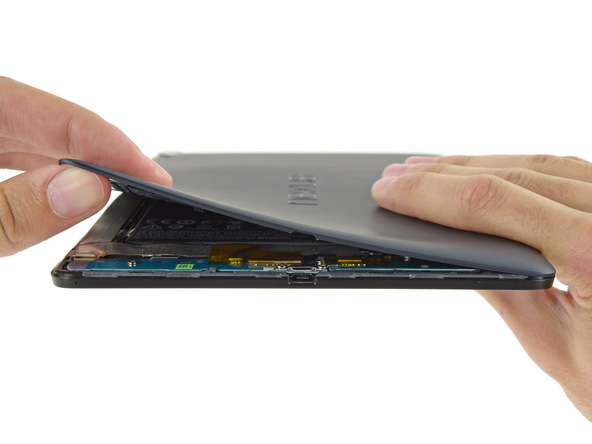
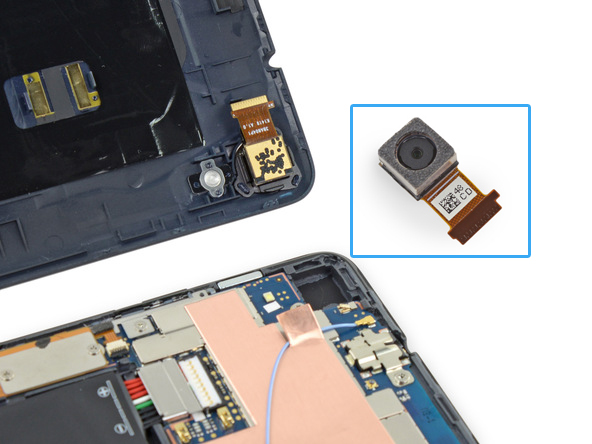
Step 2: Remove The Nexus 9 Battery.
▪ Gently pry off the battery.
(Notice: the battery is glued to the frame with some strong adhesive, be careful.)
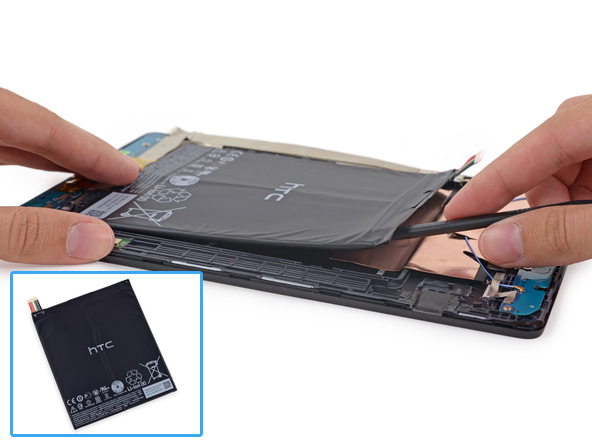
Step 3: Remove The Nexus 9 Front Facing Camera.
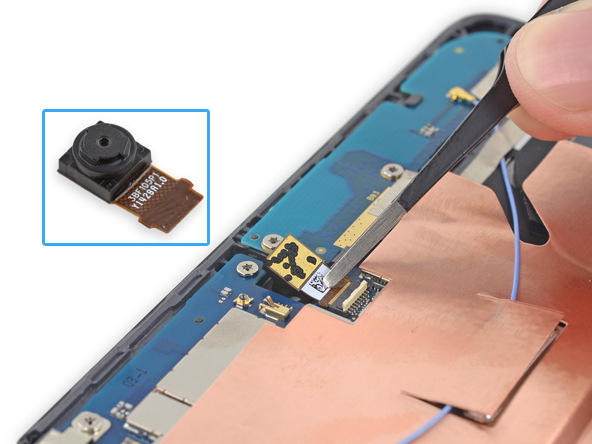
Step 4: Remove The Nexus 9 Antenna Board.
▪ Remove the copper shield.
▪ Undo the 3 screws to release the antenna board.
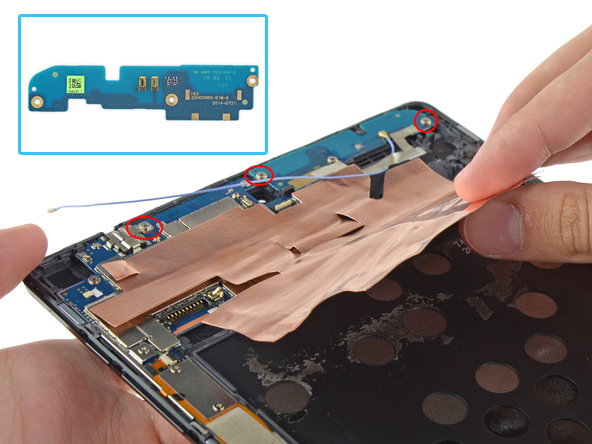
Step 5: Remove The Nexus 9 Motherboard.
▪ Remove the flex ribbon connectors.
▪ Undo the screws to release the logic board.
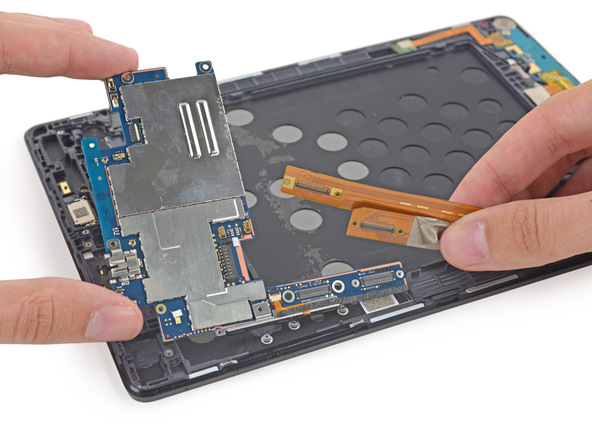
Step 6: Remove The Nexus 9 Charging Port Assembly.
▪ Remove the flex ribbon connectors.
▪ Remove the USB charging port assembly.
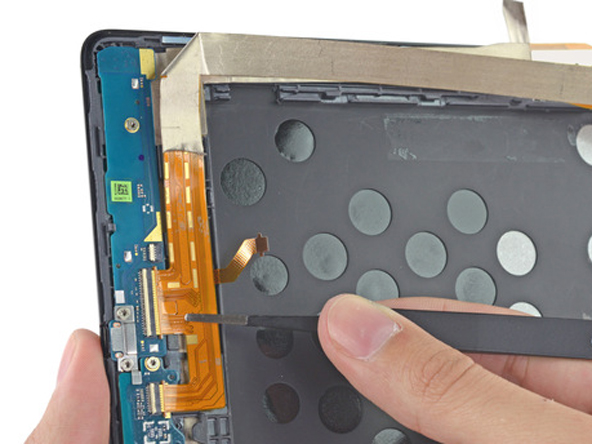
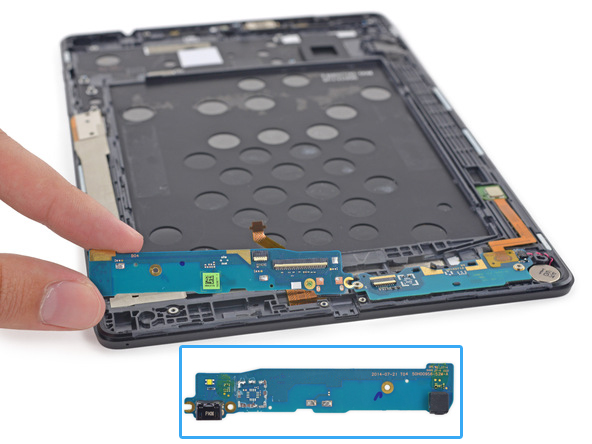
And now, reassemble it with a new charging port in the reverse orders. If you’d like to know how to replace a broken Nexus 9 screen, you can check it out here: How To Repair A Cracked Nexus 9 Screen Replacement


